4. The sweater shall be knitted from certain types of wool such as unspun wool, such as unspun plötulopi wool, thinner léttlopi wool or Álafosslopi wool and a few other types. 5. The sweater shall have a circular knitted yoke with pattern shapes and/or pattern benches from the shoulder area to the neck. 6. The sweater shall be knitted in a circle without seams. 7. The sweater shall have an open front or be whole. The Icelandic Food and Veterinary Authority has now given the lopapeysa sweater a sought after Designation of Origin status which makes it legally protected. The request was formally made by the Handknitting Association of Iceland (Icelandic: Handpjrónasamband Íslands). The association claimed that handknitted Icelandic sweaters have an original design unique to Iceland, which derives from Icelandic cultural traditions. So - what is all the fuss about the lopapeysa? To understand the true value of the lopapeysa to the Icelandic community you have to know that knitting is still very popular in Iceland. Although it is done traditionally rather by ladies there are quite a few Icelandic men around who can do amazing things with their knitting needles! It is by no means considered “gay” or “old fashioned” to knit. In the year 1977 the Handknitting Association of Iceland was founded by roughly 1000 devoted knitters. The association still runs its main shop from downtown Reykjavík and a visit to the shop is a must for every visitor. The room is stuffed with knitted products, ranging from woolen gloves, hats to knitted sweaters. You can also buy wool and knitting patterns and the staff working there can help you to find the right pattern, wool and needles you need for your DIY project. The staff speaks perfect English and many speak German and other Nordic languages, too. So there is no danger of being “lost in translation”. The magic of wool It has been said that the Icelandic lopapeysa has kept the farmers and fishermen alive while they had to fight off the harsh Icelandic weather conditions during recent centuries. Today we order fancy outdoor clothing made of GORE-TEX straight off the internet but it is not such a long time ago when Icelanders only had wool and fish oil impregnated horse hides to fight off the wind and sleet. The magic of wool is that it will keep you warm even if it gets wet. This is quite remarkable – if you ever had a fancy down feather sleeping bag you probably found out that it loses all his cozy warm insulating properties when it gets wet. But wool retains its insulating effect even in a wet state. Icelandic sheep wool is made of two different types of wool: On the one side the long and robust and water repellent top hair called “tog” and on the other side the light, soft, warm and insulating inner wool called “þel”. Icelandic sheep enjoy a lot of freedom Icelandic sheep enjoy a lot of freedom. The lambs are born in May and only after a few days they are set outside together with their moms on the “farm fields” where they stay until the beginning of July. Then they are transported – again together with their mothers - into the highland. Today this is usually done by lorry but some farmers still “drive” the sheep into the mountains on horseback. Up in the highland the ewes roam about with their lambs in small groups. There is no shepherd, they are completely free to roam within their “district” which is huge! The so called “afréttur” – the common grazing ground – belongs to all farmers in each community. To give you an example: The afréttur of the community Hrunamannahreppur (bordering to the famous waterfall Gullfoss) is 960 square km large. That is a lot of space! The sheep roam about this area until September when the farmers of each community ride into the mountains to collect the sheep and drive them down to the farmland. This “sheep search routine” is either done on foot or on horseback depending on the area and size of area. Some farmers may spend up to 10 days in the highland searching for sheep. Each community has their own sheep paddock where the sheep are sorted and then finally returned to their home farms. Here they stay until October – November on the fields around the farms until they are finally taken into the house. That is also the time when their thick wool is shorn so they do not become too hot in the sheep barn. Some farmers do give them a second cut in early springtime. The wool gets cleaned, spun and dyed and sold to the customers. There are large commercial spinning companies such as Álafoss and also small artisan farm mini mill wool projects such as Uppspuni We encourage all guests to visit the wool shops and if you consider visiting Iceland in autumn contact us for a self-drive or horseback riding tour offer to be part of the exciting annual sheep sorting. For groups we are happy to organize a wool workshop in Iceland in combination with sightseeing and lots of fun activities. If interested – please contact us via meike@exploringiceland.is
Text: Meike Witt Photos: Brynhildur Inga Einarsdóttir (those with Icelandic Sheepdogs) & Steinunn
3 Comments
Kathryn Torrey
3/24/2020 11:19:46 pm
I am of Norwegian and Swedish decent so I’m interested in all things Scandinavian. There is a fantastic Icelandic horse farm within a few hours drive from our home, and we love visiting there. Is there a way to order Icelandic wool and knitting or crochet patterns for sale? Please keep th touch. Thank you!
Reply
Dear Kathryn Torrey! Wonderful to hear back from you!
Reply
4/1/2021 08:05:41 am
The spinning factory is Ístex (Ístex.is), Álafoss is now just a shop where the old factory used to be. Also the lopapeysa only dates back to 1940-50 😊😅
Reply
Leave a Reply. |
AuthorExploring Iceland blog has several authors. Categories
All
|
Our Tours |
Exploring IcelandOpening Hours
Monday - Friday 9 – 17 24 hours emergency phone number: +354-898-8903 |
© COPYRIGHT 2015. ALL RIGHTS RESERVED.
|

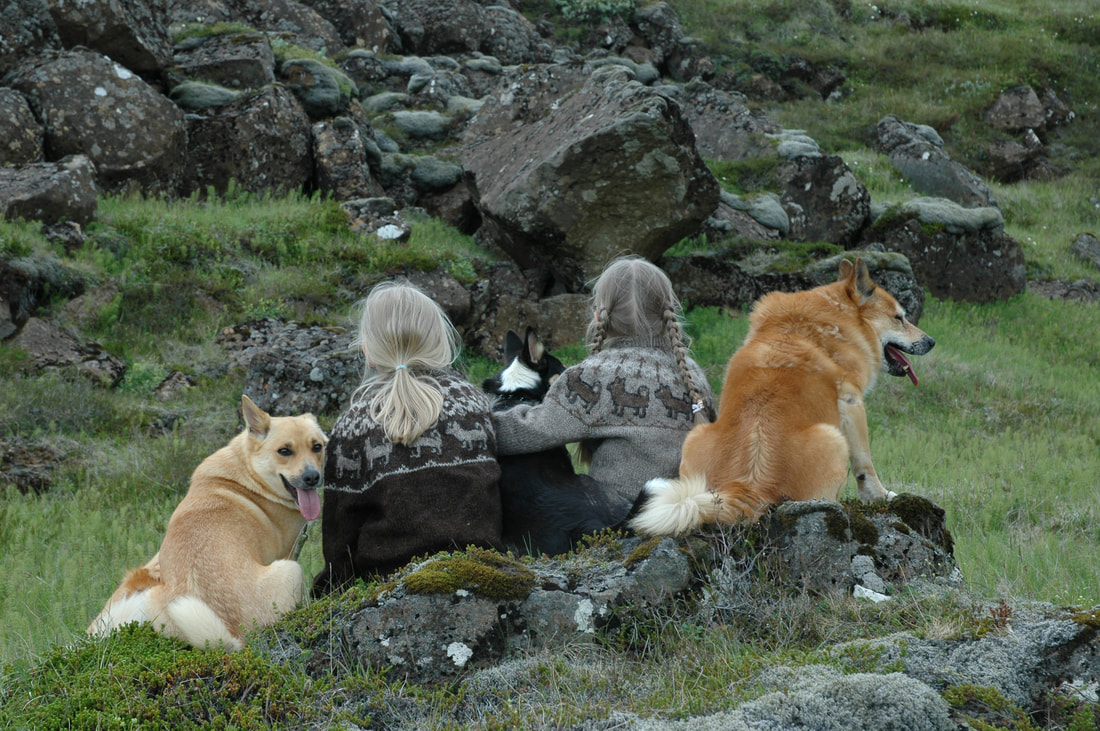
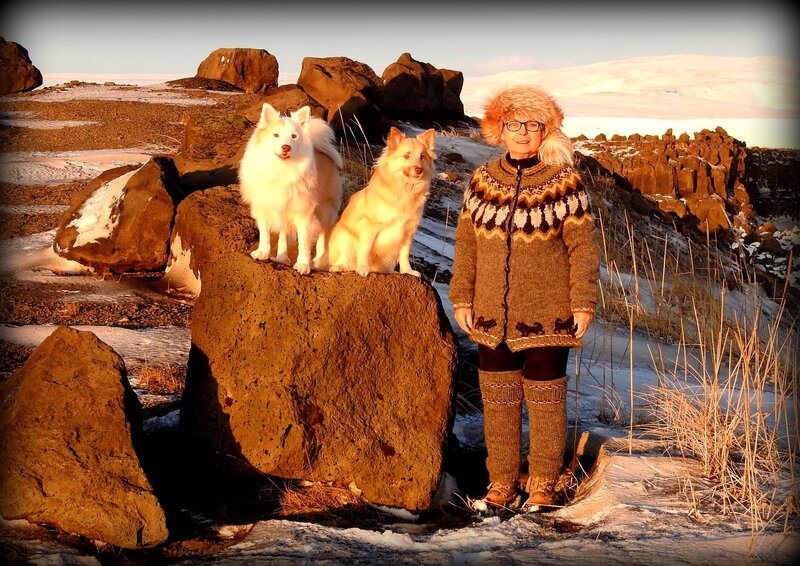
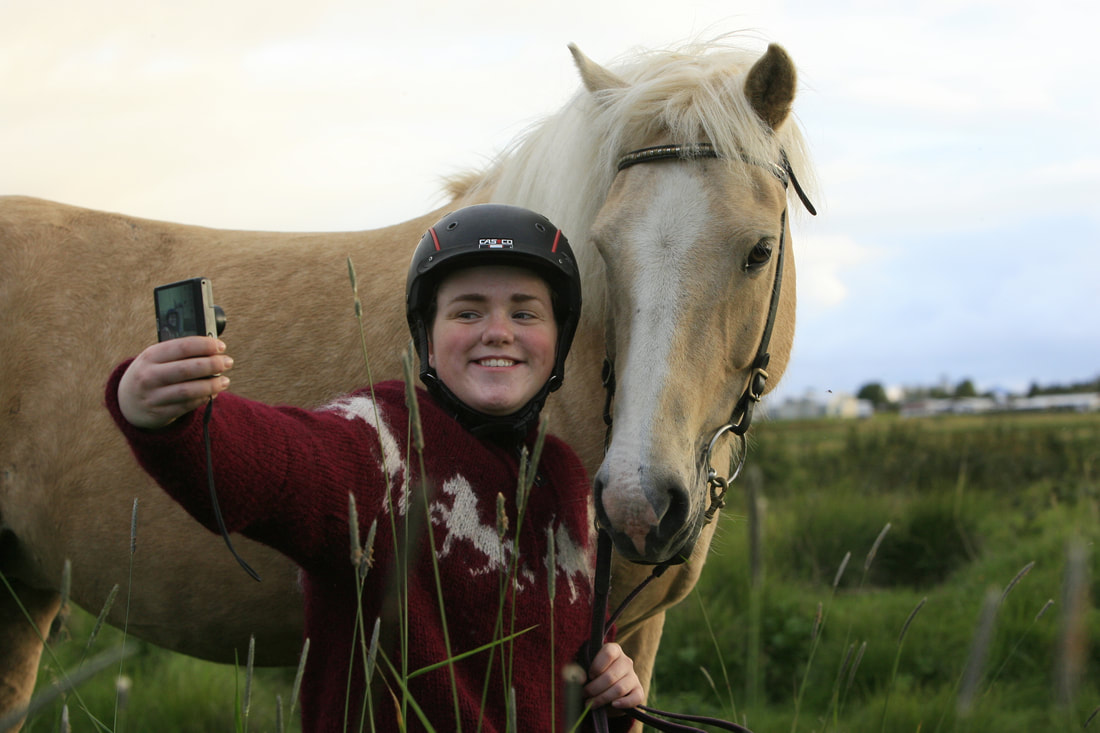
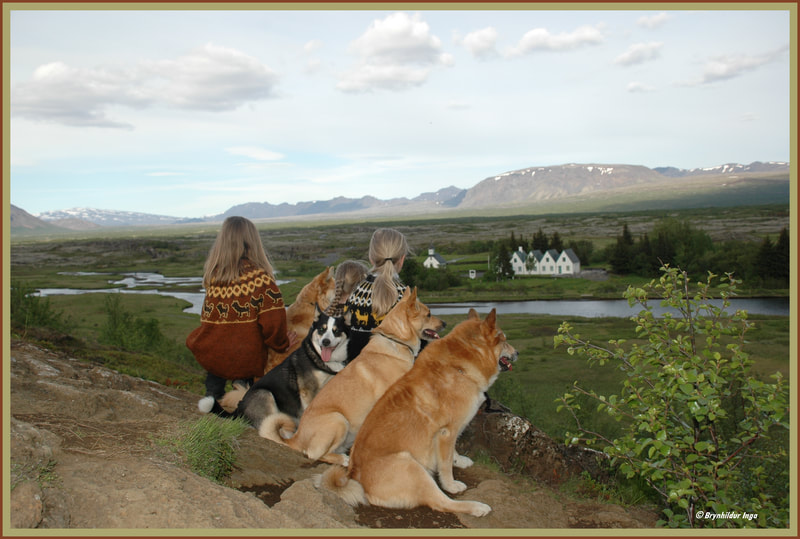
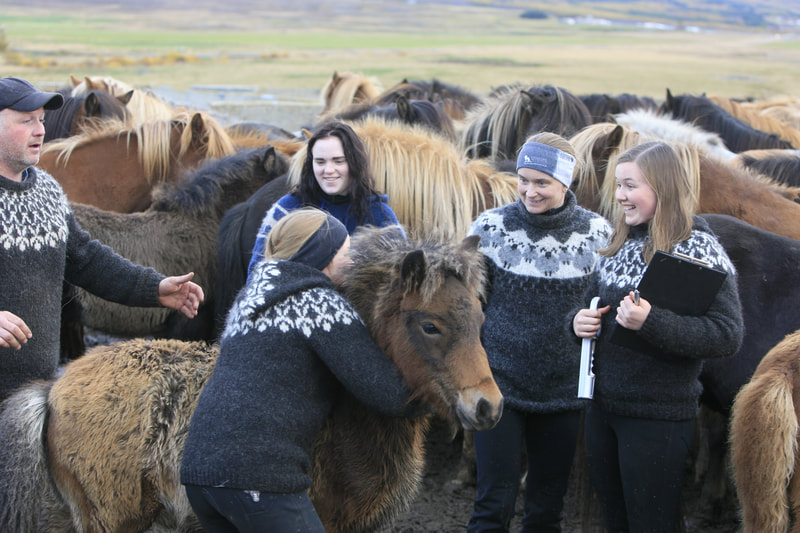
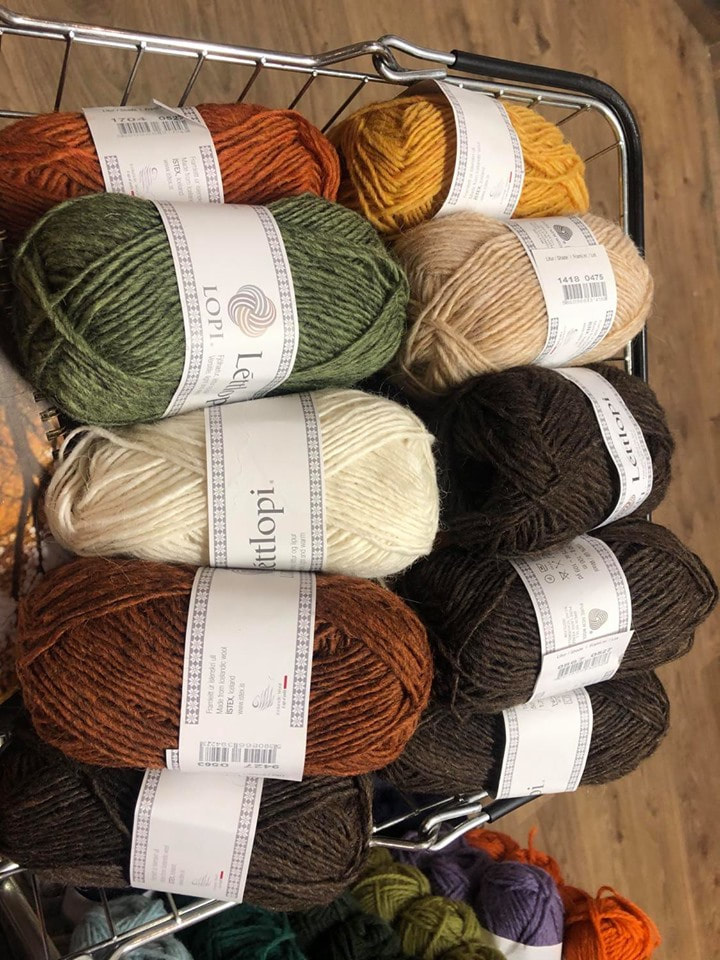
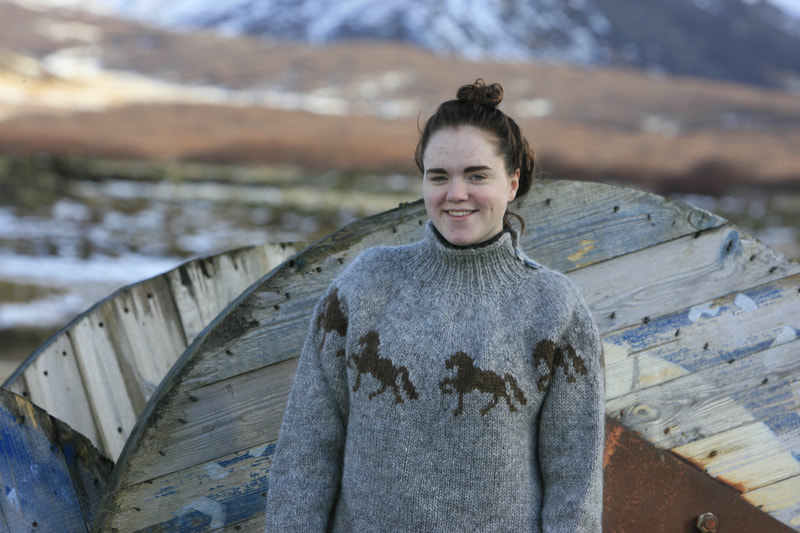
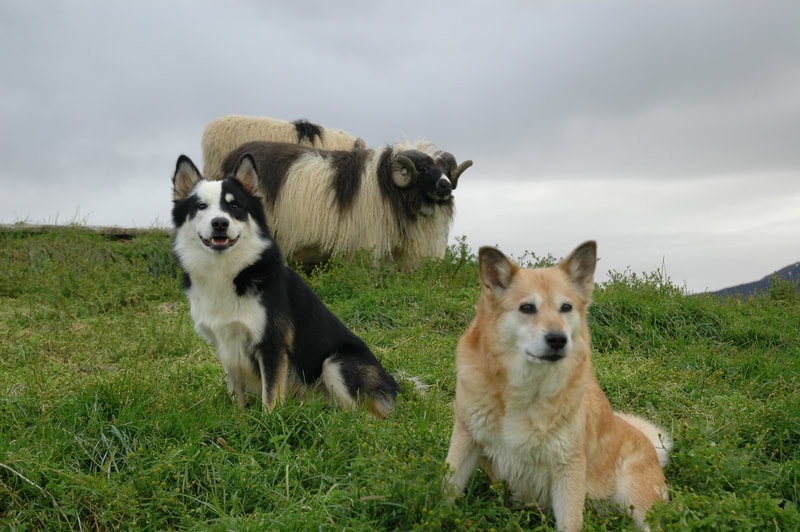
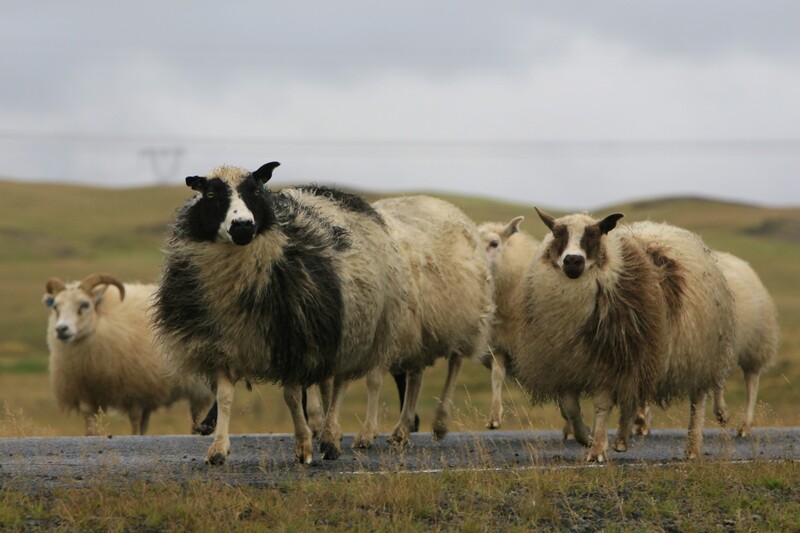
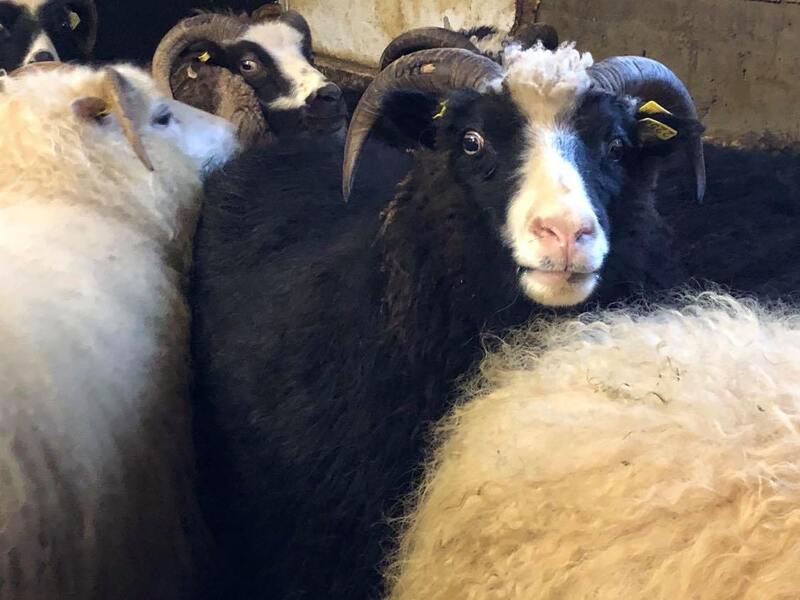
 RSS Feed
RSS Feed


